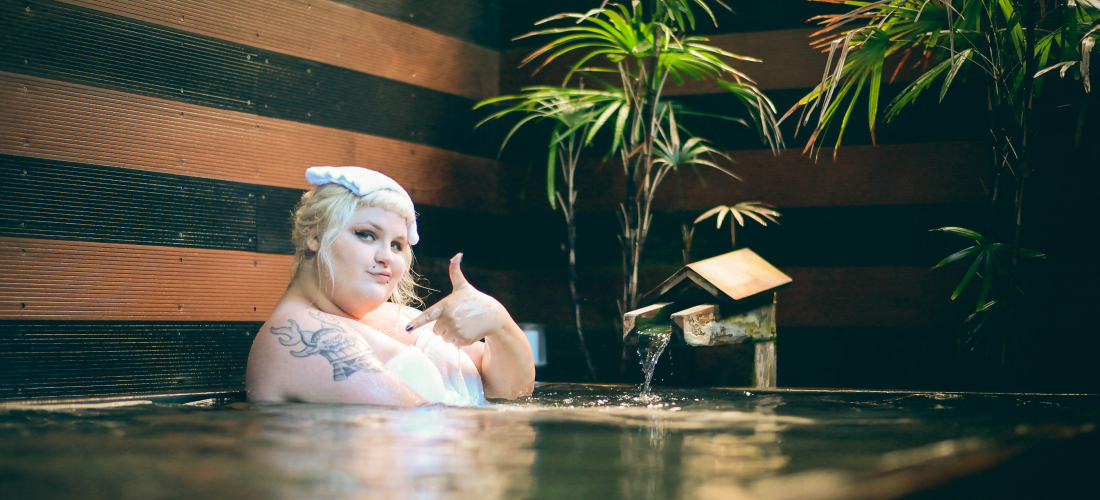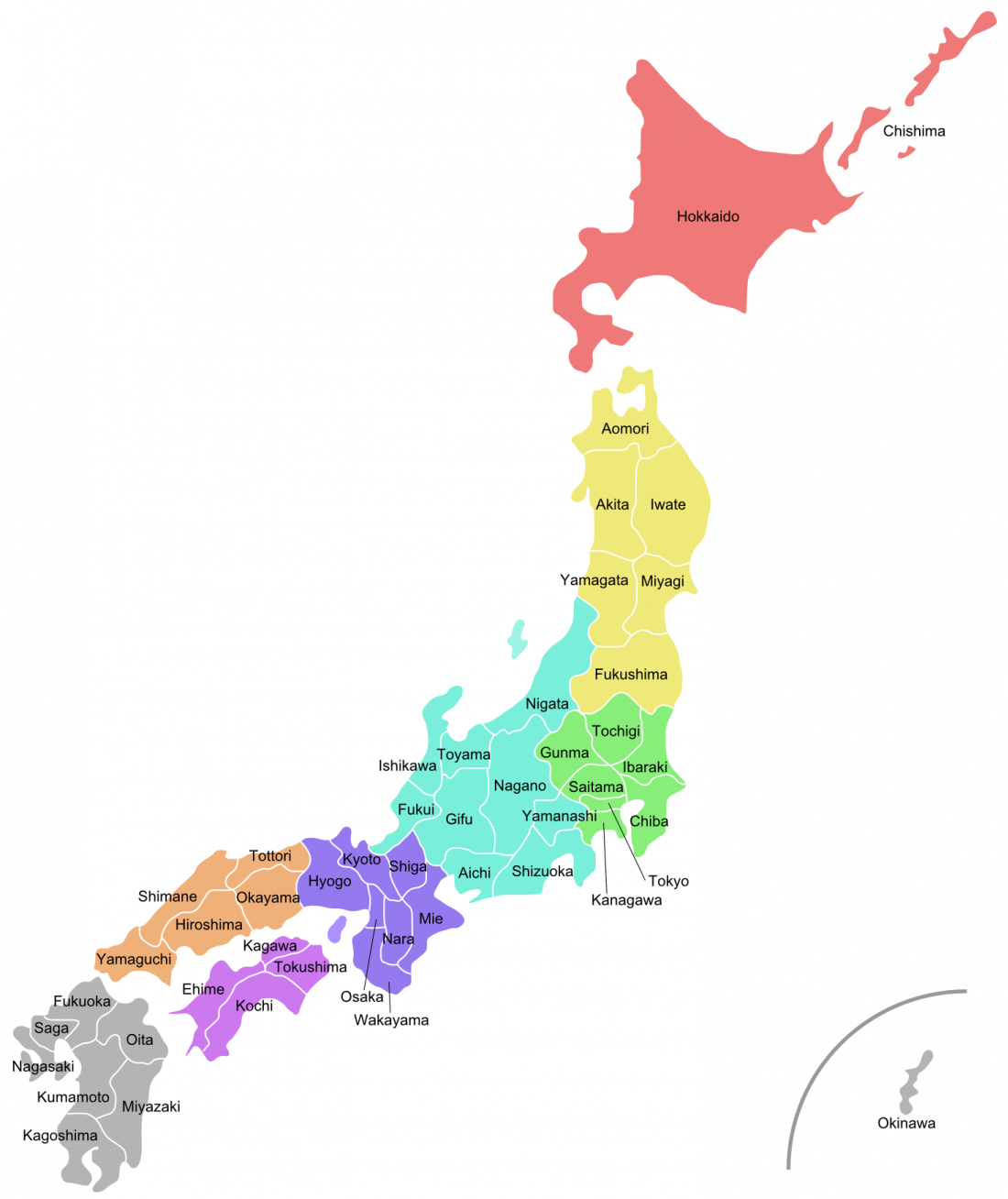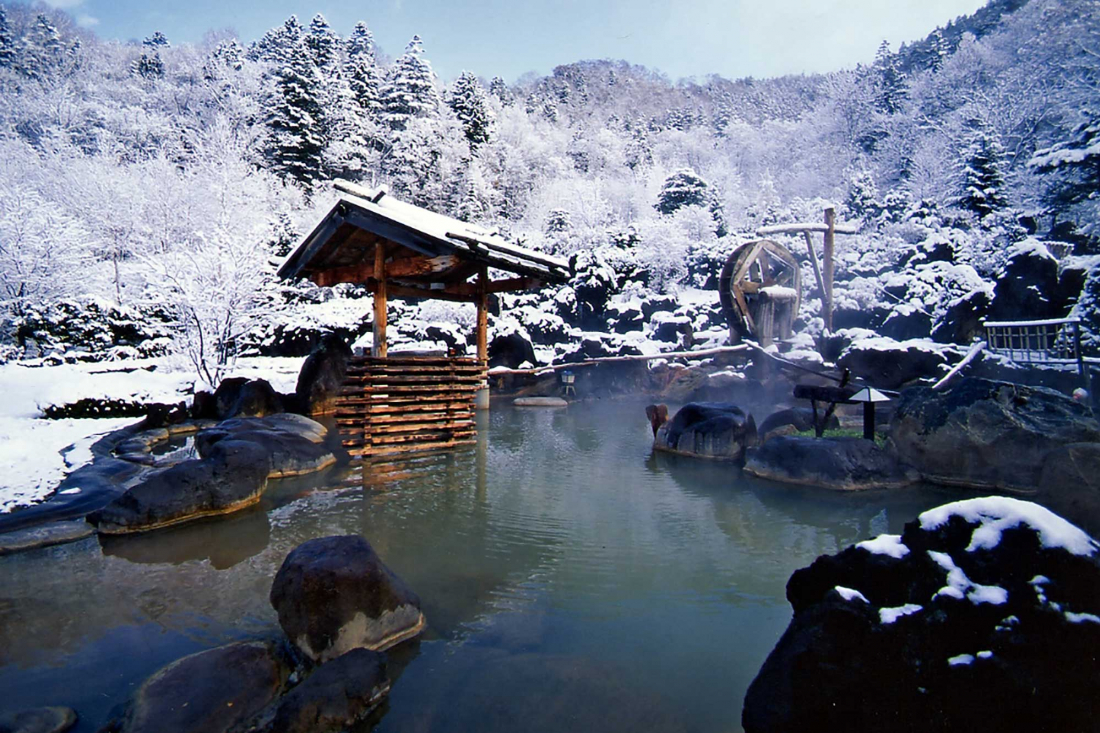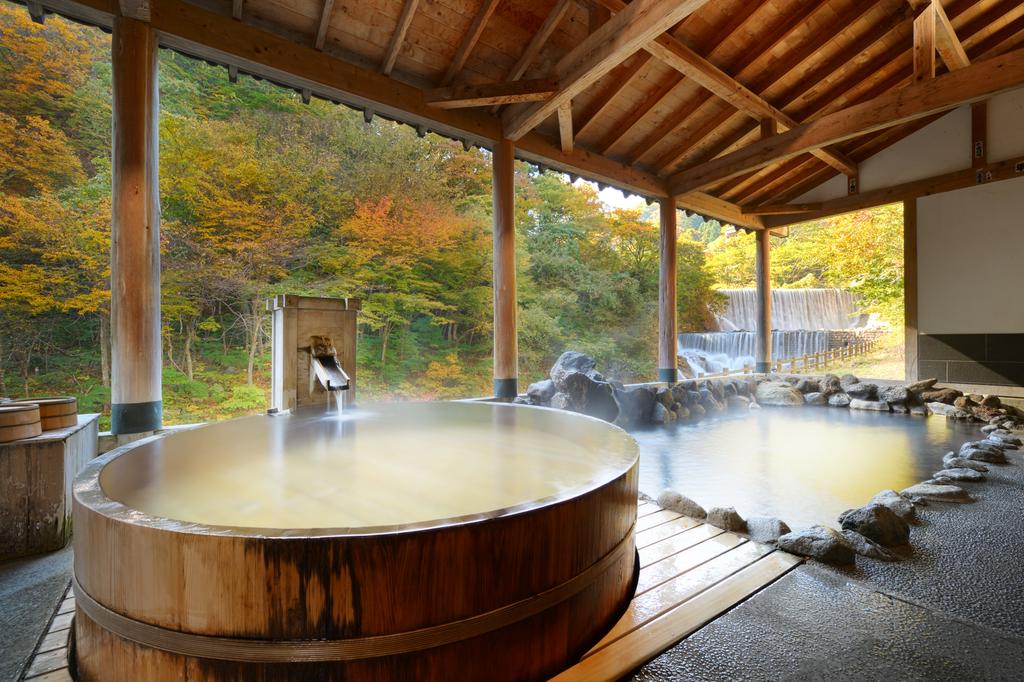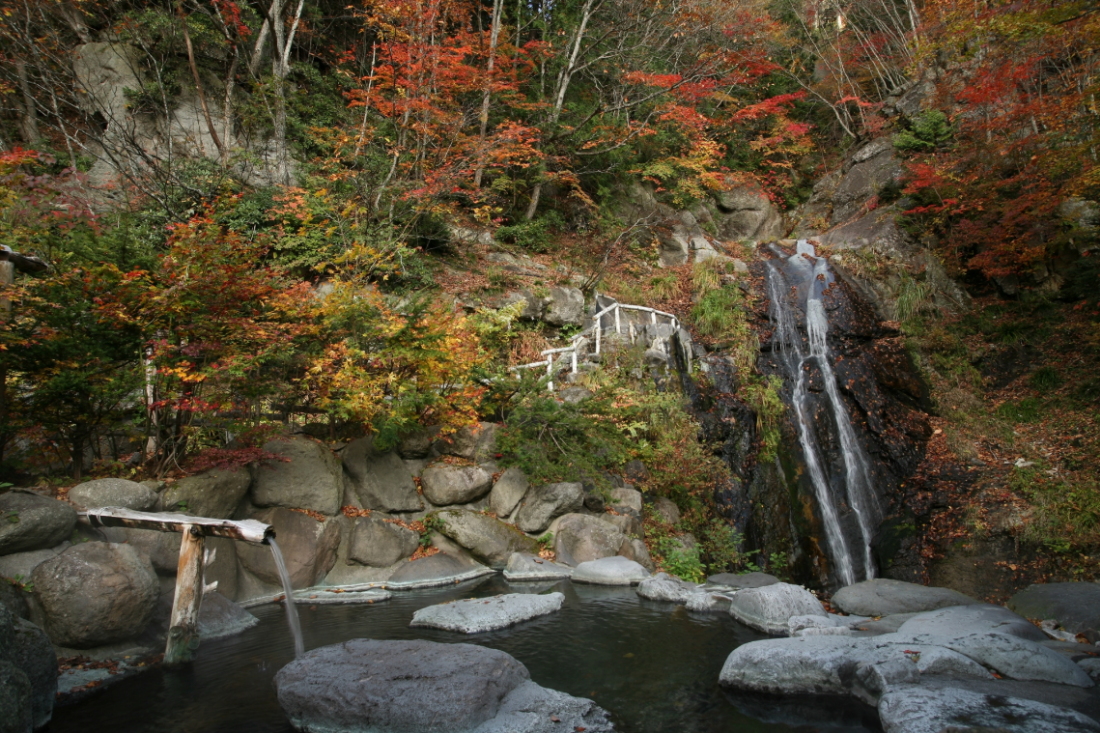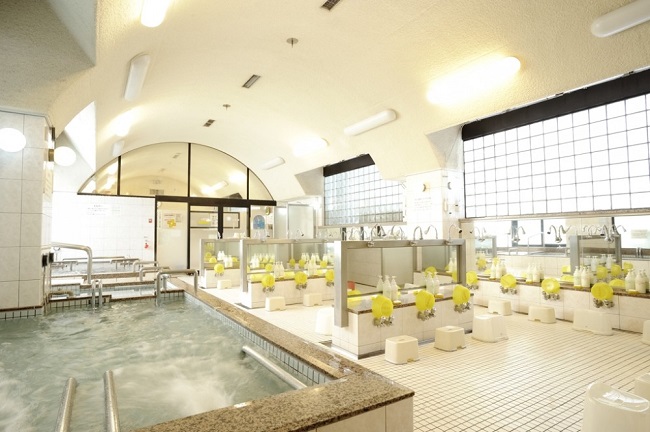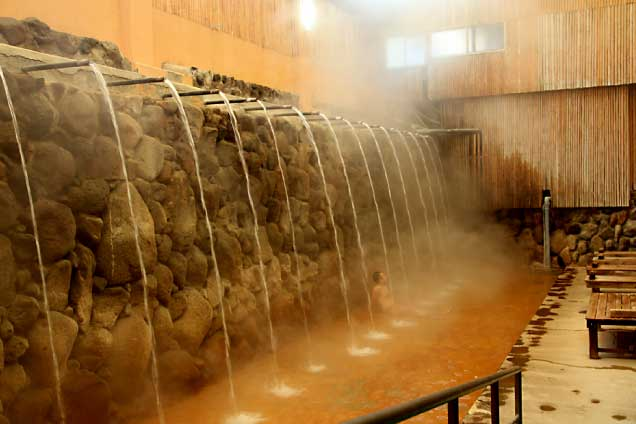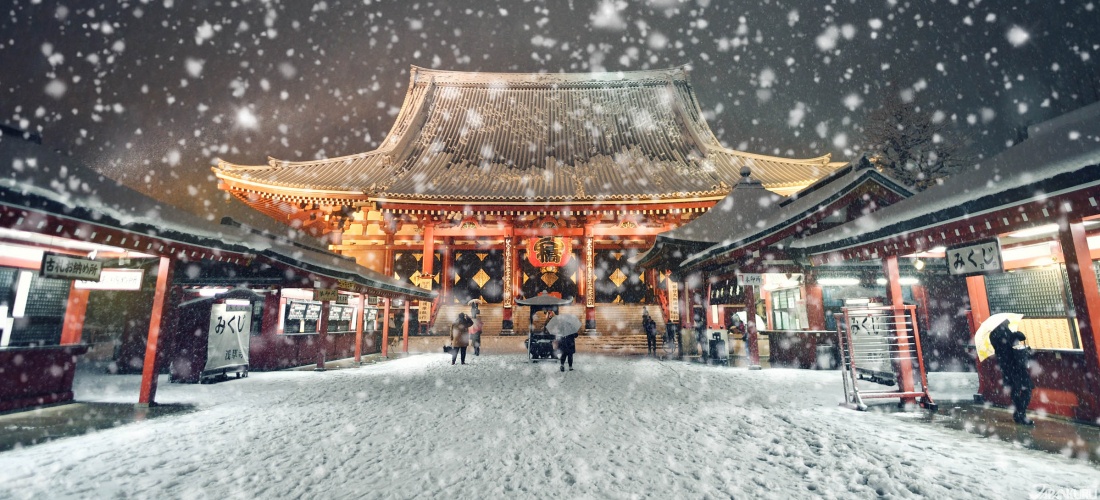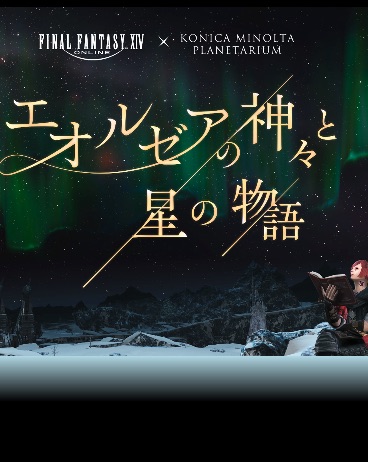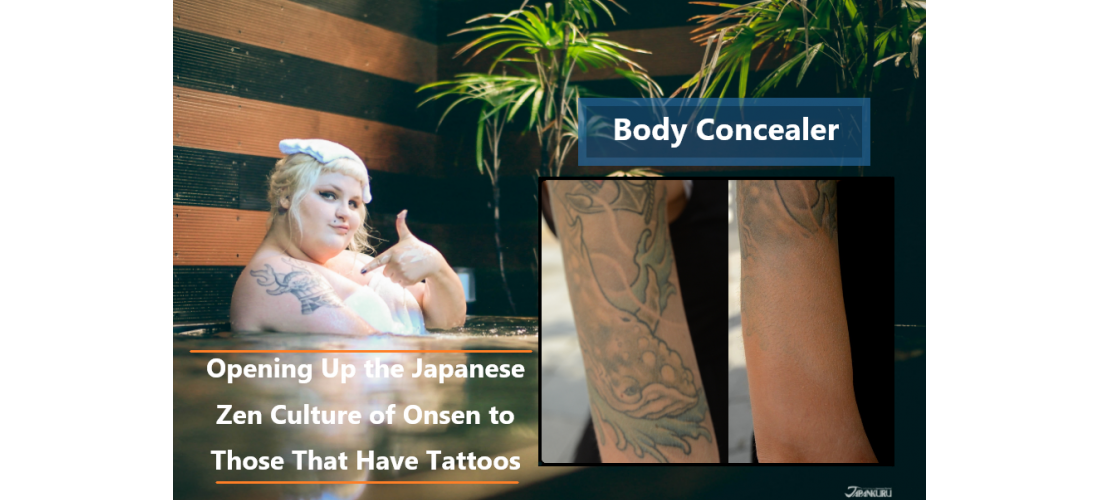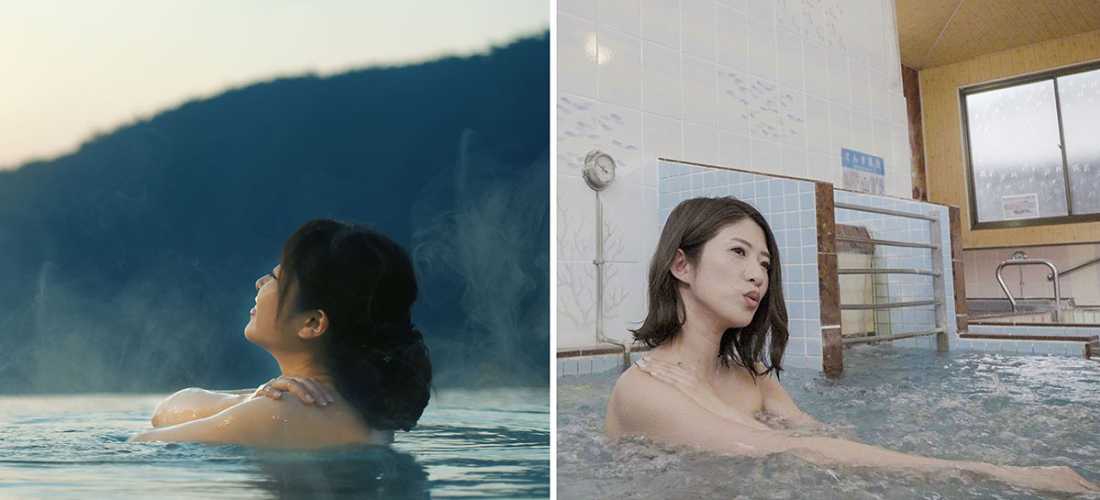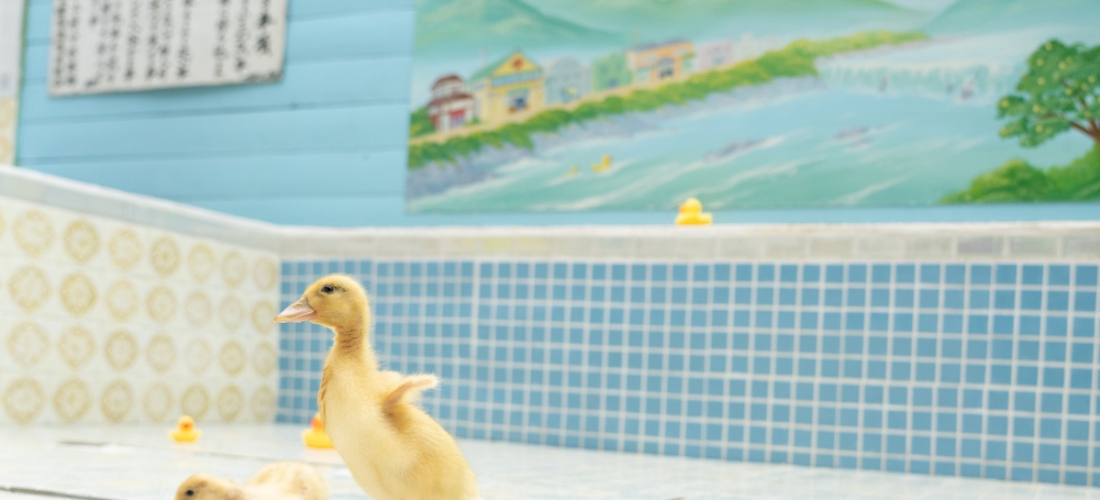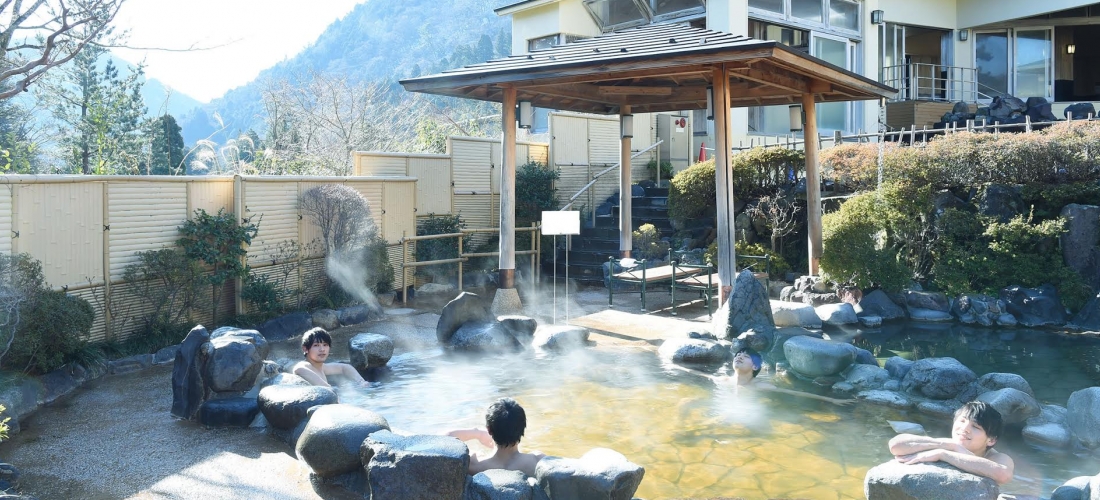CONTENTS
Things to Look Forward to in Japan – Sushi, Robots, and Hot Springs
Whether you live in Japan or are coming to visit, you always have a list of things you want to do and try. But one thing restricts a lot of people and that is being able to go to a Japanese onsen if you have a tattoo. Despite having a tradition of starting off with Japanese firefighters, Japan has a stigma against tattoos connecting them with their gang the yakuza. Ever since then, many Japanese believe those with tattoos are ill-mannered and create issues so to "protect" others and their customers, restricting certain places for those with tattoos became allowed. It is said that long ago the ink that was used in traditional irezumi would somehow affect the water in the hot springs, which was another reason for not allowing those with tattoos but that is not that case anymore. Nor is the fact that just because you have tattoos you are a member of a gang nor are you automatically inconsiderate of others. Everyone has their own reasons for getting a tattoo. Slowly, some minds are changing and you can find information online about "tattoo friendly onsen". However during one of our trips to Tochigi, we found out that some of those "tattoo-friendly baths" aren't actually tattoo friendly! So after being told that we checked with a few of the supposedly ok onsen and found a lot of them actually do not accept foreigners with tattoos. Which is why we wanted to make an accurate list of tattoo friendly hot springs in Japan that people with tattoos can use and not deal with getting turned away once they visit these places.
Hoheikyo Onsen (豊平峡温泉) in Sapporo is a special hot springs that was ranked number one in TripAdvisor's "Day Trip Hot Spring Facility" in 2013. The baths use 100% natural hot springs water that comes directly from its source, so rather than the water being stored somewhere you are getting it directly from a volcano. There are both indoor and outdoor hot spring baths and depending on the day they switch the men's and women's baths to give people a new experience. The open-air onsen outside is just a dream, especially in the winter! You are even apparently allowed to drink while relaxing! Hoheikyo Onsen also has an area famous dining hall where you can eat Indian curry. It is so famous apparently some people just come to eat the curry. So after a nice soak, you should try their curry!
♨Hoheikyo Onsen (酸ヶ湯温泉)
Google Maps
⏰10am~10:30pm (Entree until 9:45pm)
💴Adults 1000yen, Children 500yen
Official website
Photo source: Hoheikyo Onsen
Aomori – Sukayu Onsen Ryokan (酸ヶ湯温泉)
Sukayu Onsen Ryokan (酸ヶ湯温泉) is also known as the "1000 person bath" due to its massive size and has been around for over 300 years. There are different hot spring baths that come in different temperatures and features, like a hot water hot spring bath that will keep you warm long after you left the bath, to a more low temperature that feels nice after spending a lot time in a warm bath. This is primarily a mixed gender hot spring, but there is a bath for both men and women only and Sukayu Onsen's main large bath has "women only" times for an hour in the morning and night. Tattoos basically aren't allowed but if you cover them up it is fine.
♨Sukayu Onsen Ryokan (酸ヶ湯温泉)
Google Maps
⏰24hrs, Women only hours available 8am~9am & 8pm~9pm
*Maintenance is daily between 1am~3am
💴600yen
Official website
Photo source: Sukayu Onsen Ryokan
Yamagata – Hijiori Ideyukan (肘折いでゆ館)
Hijiori Ideyukan (肘折いでゆ館) prides themselves in maintaining and protecting the regions hot spring culture. What are these characteristics that they feel important to protect? Well, Hijiori Ideyukan offers a variety of programs that make use of these characteristics for visitors to enjoy which takes the typical Japanese hot spring experience to the next level. The hot spring's components which makes the water a yellowish-green color is said to be good for cuts, burns, skin disease, rheumatoid arthritis, and more. Unlike the hot spring mentioned before in Akita Prefecture, you don't need to cover up here.
♨Hijiori Ideyukan (肘折いでゆ館)
Google Maps
⏰April~Oct 9am~7pm
Nov~March 10am~5pm
💴Adults 400yen, Children 200yen, Infants free
Official website
Photo source: Yamagata-clip
Miyagi – Togatta Onsen Kami no Yu (共同浴場 神の湯)
Togatta Onsen, a town sitting at the foot of Mt Zao in Miyagi and consists of two hot spring baths, Kami no Yu (神の湯) being one of them. Due to it being near Miyagi's Okama Crater and Miyagi Zao Fox Village it is a very popular hot spring destination. There is also a hot foot bath (足湯; ashiyu) outside the hot spring establishments which is great if you just want a little relaxing foot soak. But the one thing that we felt made this hot spring so great is its views towards those with tattoos. We were told that Kami no Yu often is adviced by the police that people with tattoos (irezumi) may be from gangs, but this onsen doesn’t really agree with that. Even the locals don't really have any problems those with tattoos, so they feel "why should we?"
♨Togatta Onsen Kami no Yu (共同浴場 神の湯)
Google Maps
⏰The times depend on the baths
💴Adults 330yen, Children (Elementary and younger) 110yen
Official website
Photo source: じゃらんnet
Fukushima – Tsuchiyu Onsen Sansuiso (土湯温泉 山水荘)
Located in a nature-rich hot spring resort town surrounded by mountains called Tsuchiyu Onsen, Sansuiso (山水荘) is a traditional Japanese-style hot spring that is located along the River Ara (荒川). Offering a total of 12 different baths, you will see no sign saying tattoos aren't allowed. Five of those 12 hot springs can be reserved if desired for private use for an extra fee. Some of the hot spring baths offer beautiful views of a Japanese garden, the surrounding mountains, and even a waterfall. They use a rich source of hot water of 61gal (230L) per minute, coming out at 140℉ (60℃)…which is hot! They, of course, adjust the temperate so no worries. The area (Tsuchiyu Onsen) is also very well known for Japan's kokeshi dolls, which are wooden dolls carved to look like little girls. So if you happen to come here be sure to buy a kokeshi doll!
♨Tsuchiyu Onsen Sansuiso (土湯温泉 山水荘)
Google Maps
⏰The times depend on the baths
💴Adults 800yen, Children (ages 3~12) 700yen
Official website
Photo source: Booking.com
Fukushima- Takayu Onsen Attakayu (高湯温泉 あったか湯)
The water at Takayu Onsen Attakayu (高湯温泉 あったか湯) is 100% natural, directly coming from the nearby Azuma mountain ranges which is apparently rare today (most places dilute the water to a certain point). Getting natural hot spring water from a direct source is too hot for guests so Takayu Onsen does a cooling down method that has been handed down since the Edo era (similar to Kusatsu Onsen's "yumomi"). Attakayu also prides itself in being handi-accessible providing many handrails and slopes. The staff said the hot springs is completely open and welcome to those with tattoos. However, if they feel uncomfortable or worried about showing their tattoos to others, they can use the private bath instead. It is also worth mentioning that due to the sulfate from the natural water, there aren't any showers in the bathing area. There is an area to wash your body but due to legal issues, there are no soap and shampoo/conditioner available. So we recommend bringing your own soap and a hair tie for those who have long hair.
♨Takayu Onsen Attakayu (高湯温泉 あったか湯)
Google Maps
⏰9am~3pm
💴Adults 250yen, Children (ages 1~Elementary school) 120yen
Official website
Photo source: Joudodaira
Within there we found onsens and sentos in Tochigi, Gunma, and Tokyo.
Nikko, Tochigi – Hatcho no Yu (八丁湯)
There are 6 different hot spring baths, 3 are mixed gender, at Hatcho no Yu (八丁湯) which is tucked away in the mountains at Nikko National Park. The indoor baths have a natural and old feeling to them, but the outdoor baths that provide different views are what people come for. Some of their baths have been around for years, like the mixed bath Yukimi no yu (雪見の湯) which has been there since the 4th year of Japan's Showa era (1929). The whole area is designated as a National Treasure and may be one of the most beautiful hot springs open to those with tattoos near Tokyo. To get there you can take a bus from Kinugawa Onsen Station (鬼怒川温泉駅) to Meotobuchi Onsen (女夫渕温泉). If you are a guest a free shuttle bus will pick you up, otherwise you need to hike about 90mins or take a cab.
♨Hatcho no Yu (八丁湯)
Google Maps
⏰9am~3pm
💴Adults 800yen, Children 500yen
Official website
Photo source: Hatcho no Yu
Nikko, Tochigi – Kaniyu (加仁湯)
Another hidden hot spring, Kaniyu (加仁湯) is in the mountains of Okunikko (奥日光). This hot spring and Hatcho no Yu (八丁湯) are actually two of the four remote hot springs among Okukinu Onsen (奥鬼怒温泉). These two are actually the most popular which is why we decided to mention them. Kaniyu's most leading character is its milky, sulfuric hot spring water that is just like a blanket of sky blue all around. For those worried about being nude in mixed baths, there are a number of baths outside that provide some privacy. Also, the women wrap themselves in a full bath towel provided by the Kaniyu, while men have a small hand towel to cover themselves. The hotel staff said this hot spring is particularly popular during the winter, but every season you will get a beautiful view.
♨Okukinu Onsen Kaniyu (奥鬼怒温泉 加仁湯)
Google Maps
⏰9am~3pm
💴Adults 800yen, Children 500yen
Official website
Photo source: じゃらんnet
Kusatsu, Gunma – Kusatsu Onsen Takamatsu (草津温泉喜びの宿高松)
Despite being located in Kusatsu, only three ryokans/hotels in the Kusatsu Onsen area actually gets its hot spring water source from Kusatsu Onsens's Yubatake (湯畑), and Kusatsu Onsen Hotel Takamatsu is one of those three. Yubatake's hot spring is a carbonated hot spring containing sulfuric acid and a few other components, which can effectively treat hypertension, arthritis, skin disease, fatigue, high blood pressure, and apparently even diabetes! You do not have to stay at the ryokan to use their hot spring facilities, so if you would like to take a soak just go to the front desk. There is a sign in front of the entrances to the hot spring baths saying "no tattoos allowed", however, the manager assured us that foreigners with tattoos are welcome and you don't need to cover up. The sign is just there for Japanese guests.
♨Kusatsu Onsen Hotel Takamatsu (草津温泉喜びの宿高松)
Google Maps
⏰4pm~9:30am the following day
Official website
Kusatsu, Gunma – Sainokawara Rotenburo (西の河原露天風呂)
At the top of Kusatsu Onsen's Sainokawara Park (西の河原公園 ) is an open-air hot spring Sainokawara Rotenburo (西の河原露天風呂). This huge hot springs bath (500m²/5382ft²), being one of the biggest in Japan, is surrounded by nature and a great place to see Japan's four seasons. Sainokawara Rotenburo is even popular with Japan's Imperial family who visits almost yearly. There is a separate men's and women's bath, however sometimes at night one of the baths are multi-gender (you wear a white gown in the hot springs). There are no "no tattoos allowed" signs, so no need to cover up here! The owner of the Kusatsu hot spring told us how he knows every country has their own view and reason for getting tattoos, and that Japan, especially those in a hospitality service business, should be aware of that too.
♨Sainokawara Rotenburo (西の河原露天風呂)
Google Maps
⏰Hot springs: April~Nov 7am~8pm
Dec~March 9am~8pm
*Entree ends at 7:30pm
💴Adults 600yen, Children 3 to Elementary school 300yen
Official website
Asakusa, Tokyo – Jakotsuyu (蛇骨湯)
In Tokyo's popular tourist destination Asakusa is a well-known sento, which is a public bathhouse, that has been here since Japan's Edo era, Jakotsuyu (蛇骨湯). Not only is this sento welcome to those with tattoos it is also labeled as a "barrier-free sento" that is equipped with banisters alongside the bathtub so the elderly and those with physical disabilities can use the facility safely. What makes this sento's water so great is it is black! Unlike the volcanic hot springs water, the black water is said to date back to the Paleozoic era by blending buried grass and leaves with hot spring water distributed along the Tokyo Gulf along Kamakura. This sento doesn't discriminate against those with tattoos, but ask that you don't come drunk and to be respectful and mindful of others while there or you will be asked to leave.
♨Jakotsuyu (蛇骨湯)
Google Maps
⏰1pm~11:30pm
💴Adults (ages 12 and older) 460yen, Children (ages 6~12) 180yen, ages 6 and younger 80yen
Official website
Photo source: Yutty
Setagaya, Tokyo – Soshigaya Onsen 21 (そしがや温泉21)
Rare to other sentos/onsen in Tokyo, Soshigaya Onsen 21 houses five different types of baths that are said to promote beautiful skin and health, along with three different types of saunas. Tourmaline is a component used in the water which plays a big factor in your skin feeling smooth and you feeling more energized after a soak. There is also a carbonated water bath that combines soft water and Co2 gas, which is said to have effects on helping your blood circulate.
♨Soshigaya Onsen 21 (そしがや温泉21)
Google Maps
⏰2pm~midnight (Entree until 11:30pm)
💴Adults 460yen, Children (Elementary students) 180yen, Preschoolers 80yen
Official website
Photo source: Tokyo Story
So while we continue to search, combining both Kansai and Chubu/Tokai regions,
we were able to find 3 hot springs in 3 different places, Kyoto, Hyogo, and Gifu.
Kyoto – Kumihama Onsen Yumotokan (久美浜温泉 湯元館)
This hot spring boasts being one of Kansai's biggest hot springs, that can fit around a total of 200 people at a time. The hot spring is naturally heated, with their outdoor hot springs being surrounded by cliffs and a waterfall, and one of the indoor baths is a medicinal herb bath. These Kyoto waters are said to help nerve and muscle pain, motor paralysis, a sprain, and a long list of other issues and diseases.
♨Kumihama Onsen Yumotokan (久美浜温泉 湯元館)
Google Maps
⏰9am~9pm
💴Adults 600yen, Children 200yen
Official website
Photo source: Kumihama Onsen Yumotokan
Hyogo – Kinosaki Onsen 7 Public Baths (城崎七つの外湯めぐり)
Said to be one of the top onsen destination spots in the Kansai region, Kinosaki Onsen has a history since the 7th~8th century. At this onsen town, people with tattoos regardless of the shape or size can enter any one of their 7 public hot spring bathhouses. Each of the 7 hot spring houses defers from the other. For example, Kono-yu, the oldest of the 7, has the legend of being discovered a white stork was seen bathing and curing its' wounds in Kono-yu's magical waters. Goshono-yu was built in the likeness of Kyoto's Imperial Palace and Yanagi-yu is the smallest building but also the most traditional being said to ensure fertility and safe childbirth. You can get more information on the Kinosaki 7 hot springs here. Even if you don't have tattoos, this onsen town is worth visiting!
♨Kinosaki Onsen 7 Public Baths (城崎七つの外湯めぐり)
Google Maps
⏰Business hours depends on the bathhouse
💴Entrance fee depends on the bathhouse
Official website
Photo source: Kinosaki Onsen 7 Public Baths
Gifu – Shirakawago no Yu (白川郷の湯)
The village of Shirakawa in Japan's Gifu Prefecture is such a beautiful place primarily known for its gassho-zukuri (traditional thatched houses) it is one of UNESCO's World Heritage Sites. Aside from the gassho-zukuri villages, Shirakawa-go has a wonderful source of natural hot springs. At a wooden ryokan "Shirakawago no Yu" located alongside the river, those with tattoos that are covered up can enjoy their indoor hot springs baths, jet baths, saunas, etc. If you do visit here though you have to check out their outdoor bath that has the most beautiful view of Mt. Hakusan and the Sho River.
♨Shirakawago no Yu (白川郷の湯)
Google Maps
⏰Hot springs: 7am~9pm, or 6am~10pm for guests of the ryokan
💴Adults 700yen, Children 300yen, Free for children under 6
Official website
Photo source: Planetyze
Beppu, Oita – Takegawara Onsen (竹瓦温泉)
This is another hot spring that we have personally been to so we can tell you with confidence that this famous Beppu onsen is tattoo friendly. Being the oldest and most distinguished hot spring in Beppu, Takegawara Onsen (竹瓦温泉) originally opened in 1879, then was reconstructed in 1938 and has been the same sense. There are two different things to enjoy at this hot spring, their mega hot hot springs bath (45°C (113°F)) and the hot sand bath that is heated by the steam of the hot springs. The bathing area is pretty dated, but rest assured you will leave feeling great. There is a long list of benefits from relaxing in their water/sand, but some of the major ones are it promotes blood circulation, muscle/joint pain and stiffness, fatigue, and diabetes. It is worth mentioning that only eight people are allowed at a time in a single sand bath area, so if you plan to do the sand bath you may have to wait a little bit as we did.
♨Takegawara Onsen (竹瓦温泉)
Google Maps
⏰Hot springs: 6:30am~10:30pm
Hot sand bath: 8am~10:30pm (reception ends at 9:30pm)
💴Hot springs: 100yen
Hot sand bath: 1030yen
Website
Beppu, Oita – Hyotan Onsen (ひょうたん温泉)
Being more of a popular hot spring among even foreign guests, Hyotan Onsen (ひょうたん温泉) is the only hot spring in Japan to have been awarded 3 stars from the Michelin Guidebook. There are 16 different hot spring baths (8 for men and 8 for women) plus 9 family bathhouses. But the main area in the hot spring bath area is the hot spring waterfalls. You will often find people relaxing under the waterfalls as the water pounds against their shoulders. This hot spring also has a sand bath! So if you are interested in getting a sand bath, just like at Takegawara Onsen (竹瓦温泉), you will receive a yukata to wear then have the hot sand poured on top of you and let the sand warm you up.
♨Hyotan Onsen (ひょうたん温泉)
Google Maps
⏰9am~1am following day
*There is a chance that Hyotan Onsen may be closed for a day in April, July, and December
💴Hot springs: Adults 750yen, Elementary school 320yen,
4~6years old 210yen, 3years and below free
Hot sand bath: 330yen
Official website
Photo source: Hyotan Onsen
Finding Tattoo Friendly Hot Springs in Japan
There are still so many Japanese hot springs to discover, and we plan on continuing our search of tattoo-friendly hot springs in Japan. It is also our dream to not only find these places but to actually go there. If you have any experiences at either a tattoo friendly or un-friendly place, we would love to hear about it. Don't get us wrong, respect Japanese culture and understand that many people find tattoos unacceptable. However, with so many people around the world coming to Japan with tattoos, we included, wanting to experience Japan to the fullest, we feel it is somewhat "mottainai" (a waste). We have been turned away or kicked out of hot springs before and the feeling is awful. So in order to allow EVERYONE to feel welcome and comfortable, we are dedicated to putting out accurate information for those with tattoos that want to experience Japan's lovely hot springs too. So keep an eye out for our next article that will include more tattoo friendly onsen!
Have any Japanese hot springs stories?? Share with us!
Be sure to look at JAPANKURU🐶 for more exciting articles every day!!
Or add us on Instagram and Facebook to share your Japanese pictures💖🗾
PROFILE
Follow us @Japankuru on Facebook, Instagram, and Twitter!
COMMENT
FEATURED MEDIA
VIEW MORE
・The new Tokyo flagship for Volcom Japan is a center for all things skateboarding, street fashion, art, and culture, all in the heart of Shibuya! ・Volcom日本旗艦店東京澀谷登場 本格派滑板街頭潮流藝文新據點 #Volcom #japankuru #shibuya #日本購物 #日本潮流 #日本街頭時尚 #澀谷 #東京購物 #東京購物推薦 #東京潮店 #澀谷潮店 #滑板 #雪板 #衝浪 #볼컴 #시부야

Which snacks make the best Japanese souvenirs?~ Jaga Pirika ~ 일본과자 선물 뭐하지?~자가피리카 편~ #pr #calbee #jagapokkuru #japanesesnacks #japanesefood #japanesesouvenir #japantravel #japantrip #naritaairport #hokkaido #나리타국제공항 #일본여행선물 #흔하지않은기념품 #일본쇼핑리스트 #일본과자추천 #고구마과자 #일본간식추천 #일본면세점쇼핑 #개별포장 #일본감자칩 #도쿄나리타공항면세점 #현지인추천 #일본여행 #일본기념품리스트 #자가포쿠루 #자가피리카

Asakusa's Sanja Matsuri, one of the biggest festivals in all of Tokyo, is almost here! Make sure you check out the festival route so you don't miss all the festivities this May. #asakusa #sanjafestival #sanjamatsuri #asakusashrine #sensoji #sensojitemple #japanesefestival #shintoshrine #japaneseculture #tokyo #tokyotrip #tokyotravel #asakusasightseeing #matsuri #japantrip #japantravel #springinjapan #tokyotravel #japankuru #산자마츠리 #아사쿠사 #일본마츠리 #일본여행 #일본5월

Odaiba's DiverCity Tokyo Plaza is home to the famous real-size 20m-tall Unicorn Gundam, and the popular shopping center has even more Gundam on the inside! Check out the Gundam Base Tokyo on the 7th floor for shelves upon shelves of Gunpla, and the Gundam Base Tokyo Annex on the 2nd floor for cool anime merchandise. Both shops have tons of limited-edition items! #pr #odaiba #tokyo #tokyotrip #japantrip #japantravel #PR #divercity #divercitytokyoplaza #tokyoshopping #gundam #unicorngundam #gundambasetokyo #anime #otaku #gunpla #japankuru #오다이바 #다이바시티도쿄 #오다이바건담 #건담 #일본건담 #건프라 #건담베이스도쿄

Evangelion, in miniature!? Tokyo's SMALL WORLDS Miniature Museum is actually a must-see for anime lovers, thanks to the tiny Evangelion Hangar and Tokyo-III... plus a whole universe of other scenes both real and fictional. #smallworlds #smallworldstokyo #tokyotrip #tokyotravel #evangelion #eva #anime #miniature #miniatures #animefigure #japantrip #japantravel #에반게리온 #스몰월드 #에반겔리온 #スモールワールズ #오다이바 #아리아케

Have you sat down for a snack at Sumida Aquarium yet? This aquarium next to Tokyo Skytree is known for its penguins and garden eels, but we can't get enough of their cute snacks! There are lots of good seats around the aquarium, too, so it almost feels like one big cafe. 🐧 • Find out more at Japankuru.com! (Link in bio.) • #japankuru #sumidaaquarium #skytree #tokyoskytree #solamachi #sumida #tokyo #tokyotrip #tokyotravel #aquarium #japanesesweets #themecafe #すみだ水族館 #Japan #日本 #일본 #Japon #ญี่ปุ่น #Japão #япония #japantravel #日本旅行 #日本旅遊 #japan_of_insta #japantrip #traveljapan #japan🇯🇵 #igerstokyo #explorejapan

For anime fans, the Evangelion areas at Small Worlds Miniature Museum are a must see! The tiny miniature people in the Evangelion Hangar look like ants beneath the moving Unit-01, Unit-00, and Unit-02! And over in Tokyo-III, characters like Shinji, Rei, and Katsuragi live life on a miniature scale. #odaiba #tokyo #tokyotrip #japantrip #japantravel #ariake #smallworlds #miniaturemuseum #smallworldstokyo #tokyotravel #evangelion #eva #anime #miniature #miniatures #animefigure #japankuru #스몰월드 #에반게리온 #오다이바 #오다이바관광 #오다이바스몰월드 #미니어쳐

